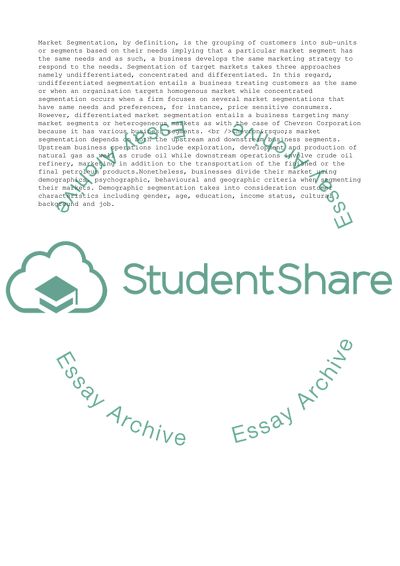Cite this document
(“Chevron Corporation Essay Example | Topics and Well Written Essays - 2000 words”, n.d.)
Chevron Corporation Essay Example | Topics and Well Written Essays - 2000 words. Retrieved from https://studentshare.org/business/1699961-chevron-corporation
Chevron Corporation Essay Example | Topics and Well Written Essays - 2000 words. Retrieved from https://studentshare.org/business/1699961-chevron-corporation
(Chevron Corporation Essay Example | Topics and Well Written Essays - 2000 Words)
Chevron Corporation Essay Example | Topics and Well Written Essays - 2000 Words. https://studentshare.org/business/1699961-chevron-corporation.
Chevron Corporation Essay Example | Topics and Well Written Essays - 2000 Words. https://studentshare.org/business/1699961-chevron-corporation.
“Chevron Corporation Essay Example | Topics and Well Written Essays - 2000 Words”, n.d. https://studentshare.org/business/1699961-chevron-corporation.


